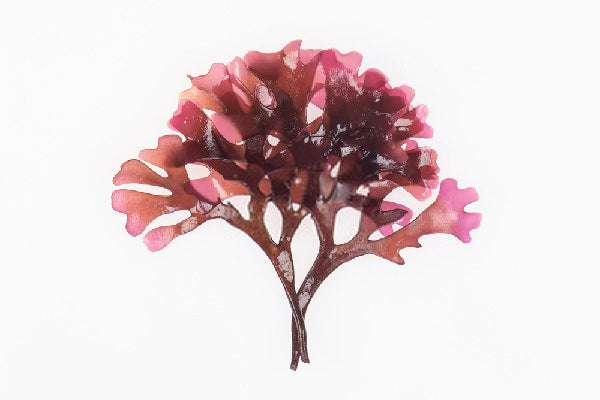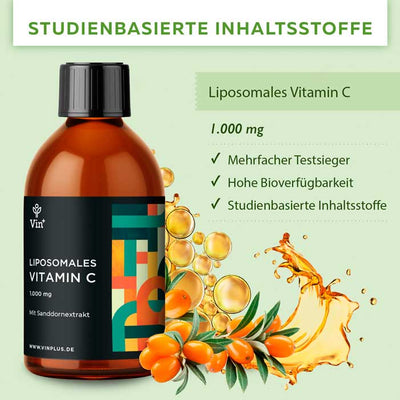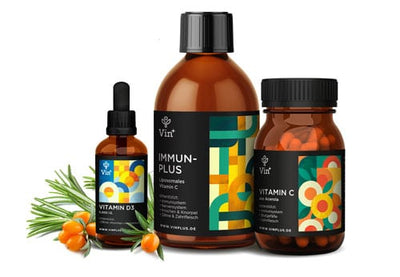Carrageen are polysaccharides, multiple sugars found in red algae. They are in the form of hydrocolloids, i.e. they are water-soluble, and become a gel. Depending on how much galactose, mucilage and sulfate they contain, they are divided into different carrageenans with different properties.

Red algae have been used as food in a wide variety of cultures for centuries. In Asia, they are cooked as nori in soups , and sushi is also wrapped with them. In Wales they are prepared according to a traditional recipe with orange juice and served with mutton dishes. Red algae contain a lot of calcium and are added to rice milk, for example, to increase the calcium content. The calcium content is also used in agriculture and horticulture as algae lime, where the high magnesium content and the trace elements contained also come into play. The red algae are used industrially, depending on the species, to produce carrageenan or agar-agar . Carrageenan was used in Europe as early as the 15th century, primarily to thicken milk. However, industrial production only gained importance after the Second World War. For this purpose, red algae are boiled in lye for up to 48 hours. The lye is then filtered and the carrageenan is either precipitated with alcohol or gelled with potassium chloride and pressed. After drying, the carrageenan is finely ground. Finally, it is used in dry milk, custard powder, ice cream, ketchup, sauces, as well as in sweets and heat-treated cream. It can be used whenever its gelling effect is to be used. In haute cuisine, jellies such as wine jelly or fruit jellies are prepared using carrageenan, and in healthy cuisine it offers an alternative to animal gelatine and eggs. Carrageenan can even be used to make cakes without using eggs. If carrageenan is added to liquids, constant stirring and slow addition is important to avoid lump formation. In viticulture, cloudy wine can also be removed by adding a little carrageenan. But the cosmetics industry has also discovered carrageenan for itself, and it is used in toothpaste and various creams.
Pro and con
There are many rumors about carrageenan. In any case, the gelling agent is considered to be extremely safe to use in the USA. The World Health Organization has also classified it as harmless , only issuing the recommendation not to take more than 75mg per kg of body weight per day. For a person weighing 70 kg, the maximum intake per day would therefore be around 5000 milligrams. 5 milligrams of carrageenan is about the amount needed to turn one liter of liquid into jelly. In Europe it is permitted as an additive under the number E 470 even for organic food.








